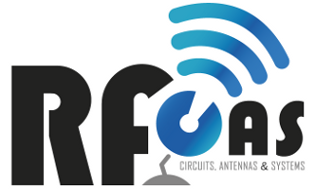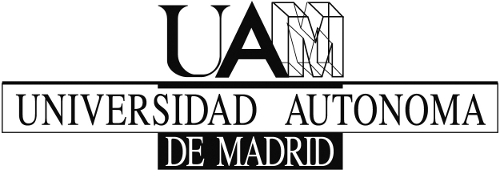| Resumen | Transmission lines for microwave through terahertz frequencies present an increasing interest for many research groups involved in the modelling of systems operating at these frequencies. In the theoretical characterization of waveguides at terahertz frequencies, the microwave engineering community must address two main challenges: a) the behaviour of metal conductors at this broad bandwidth requires a more evolved model than the constant conductivity model used at microwaves frequencies, and b) the Leontovich´s conditions (surface impedance conductor model), widely used at lower frequencies to predict the conductor losses and the attenuation constant of the different waveguide modes, may not be accurate enough at frequencies in the terahertz range. In order to quantify the accuracy of the Leontovich’s model, in this communication an analytic analysis for the parallel plate waveguide is proposed. It is based on a rigorous matching of the different field expressions at the interface between regions of the waveguide. For the conductor, it uses the model proposed in L Solymar classic book (Lectures on electrical properties of material, 1990, Oxford Science Pub). This model has shown its validity, for the authors, as far as a thousand of terahertzs, predicting very accurately the Surface Plasmon Polaritons on metallic surfaces (a dual structure of the parallel plate waveguide considered in this work, M Mansuripur et al., OPN April 2007, pp. 44-49). The propagation constant for fundamental (TM00 or quasi-TEM) and higher order modes (TM01 and TE01) are calculated by solving the corresponding characteristic equations (R E Collin, “Field theory of guided waves†, 1991, IEEE Press), which provide the dispersion diagrams of the modes. The field pattern of the modes could be also obtained. A comparison between the dispersion diagrams obtained with the classical approach (Leontovich’s approximation) and with the fullwave solution for different parallel plate dimensions will be presented. The errors for both phase and attenuation constants are quantified giving a precise idea on the validity of the different models from an engineering point of view. The results will be given for the fundamental and higher order modes. |


